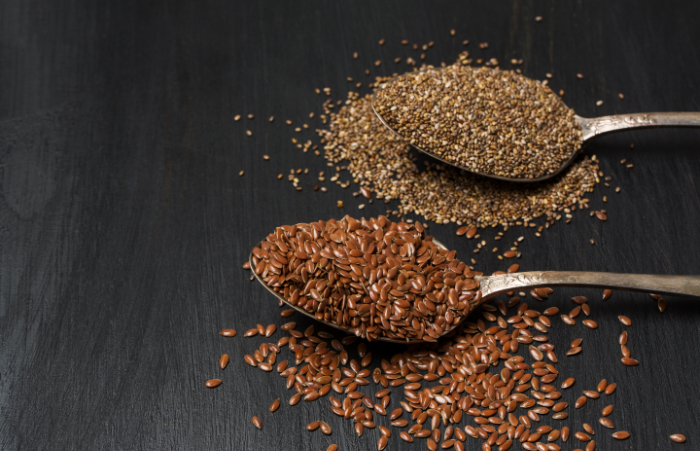The boldness of Cabernet Sauvignon, the diversity of Grenache, the intensity of Zinfandel, and the elegance of Pinot Noir are the red wines that typically come to mind when one thinks of red wine. Nevertheless, the charming and underappreciated Beaujolais, produced from the Gamay grape, is subtly but surely thriving in French vineyards. If you’re looking for a vibrant, easy-to-savor red and food-friendly, this one is for you. It’s light, vivacious, and surprisingly flexible.
What Makes Beaujolais Wine Unique
The gamay grape gives Beaujolais its distinct character; it is a thin-skinned variety that yields wines that are low in tannin and acidity and have a light body. These characteristics contribute to Beaujolais’s exceptional friendliness and drinkability.
This fruit-forward flavor profile features rich red berry notes like strawberry, cherry, raspberry, and maybe a hint of cranberry. The delicate scent of violets and roses accentuates the wine’s floral undertones. Beaujolais also has earthy undertones of pepper, clove, and minerality, which provide a subtle counterpoint to the fruitiness.
According to many who have tasted Beaujolais, a “fresh” wine is one that is easy on the palate and brimming with characteristics of a younger vintage. It is perfect for enjoying on a sunny afternoon or with a casual supper because, unlike richer reds, it doesn’t overwhelm the senses.
The Varieties of Beaujolais
The third Thursday of November sees the yearly release of Beaujolais Nouveau, the most well-known and modern variety. Fresh, fruity, and best served chilled, it’s a youthful wine.
Rural Beaujolais offers enhanced structure and complexity that doesn’t sacrifice charming qualities. Then there is Cru Beaujolais. These wines, sourced from ten “Cru” villages, are known for their complex tastes, rich character, and ability to age gracefully. Gamay conveys terroir through names like Morgon, Fleurie, and Moulin-à-Vent.
Justifications for Enjoying Beaujolais
Friendly to Food It can blend in with any meal because of its delicate texture and tangy acidity, giving it great versatility. Perfect for meals that call for bolder reds, it complements them beautifully.
Beaujolais is a year-round wine. It’s elegant enough to enjoy at room temperature in the summer and spring yet robust enough to withstand heartier fare in the winter and fall.
Beaujolais is an Approachable Red: Beaujolais is frequently inexpensive and provides excellent value for the money.
Beaujolais is a lighter red wine. For individuals who may dislike red wines, it is a lively and fulfilling substitute for fuller-bodied reds.
The Best Appetizers to Go with Beaujolais
Because of its mild tannins and sparkling acidity, Beaujolais pairs well with many different foods:
Beaujolais’s fruitiness pairs well with charcuterie boards that feature salami, prosciutto, pâté, and mild cheeses such as Brie or goat cheese.
Try roasted chicken or turkey with a glass of Beaujolais to bring out the delicate aromas of the bird.
Beaujolais is an excellent foil for grilled meats, so try it with burgers, sausages, or pork chops.
Plant-Based Cuisine: Hearty dishes like lentil stew, mushroom risotto, or roasted beets bring out the wine’s earthy undertones.
Asian cuisine: Sushi, teriyaki chicken, stir-fried veggies, and lighter foods can work well.
Traditional Thanksgiving fare includes turkey, cranberry sauce, and Beaujolais wine.
Expert Tip: To get the most out of Beaujolais, serve it at a cooled temperature (around 55°F). This will bring out the wine’s pleasant characteristics.
In Summary
Great wine doesn’t have to be heavy, pricey, or sophisticated; a glass of Beaujolais is proof of that. Indulge in the simple joys of life with this Gamay jewel, whether you’re partying with Beaujolais Nouveau or savoring a refined Cru.
Consider Beaujolais for a versatile and easy-to-drink red wine. Lightness, flavor, and discovery are more accurately described as experiences than wines.
Pour one out for Beaujolais, the red wine world’s unsung hero. Feel well!

































































